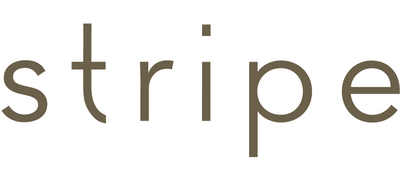


I first became interested in woodcut prints as a student at the University of Wisconsin in 1971 when I was introduced to Japanese Ukiyo-e prints. Their elegant compositions and intricate surface textures inspired me to explore the medium's many possibilities for design.
Woodcuts can be bold or subtle, crude or refined. The process of cutting the blocks has never ceased to delight me. I cut my blocks using cherry plywood. I may carve six to twenty blocks for one final image. Printed on oriental paper, the editions are most often runs of thirty or less.
Printmaking works for me because it slows me down and makes me have to consciously decide what I am putting in as well as what I am leaving out. Like a sculptor I cut away what is unnecessary and am left with an image, clear and strong like the animals I portray.
Life in all its diverse forms hold great interest for me. Initially my prints focused closely on individual birds and animals. I always strive to show them as true individuals. I became personally involved with Native Animal Rescue on the
Monterey Bay and studied many of the animals we rehabilitated. With the passing of time I find myself needing to put these individuals into context, that is, into their natural habitats. It is only in the wild that they are truly able to be themselves. A tiger viewed in a zoo is a magnificent creature, but seen stalking its prey or leaping into a river, using its balance, its senses, blending into its environment, this is when a tiger expresses itself.
Unfortunately for us all, opportunities to observe wildlife in the field are becoming increasingly rare. As habitat is destroyed at an ever increasing rate year after year, it may one day be more than rare, it may become impossible. I sincerely hope that never happens and I am comitted to doing what I can to prevent it.

Leave a comment